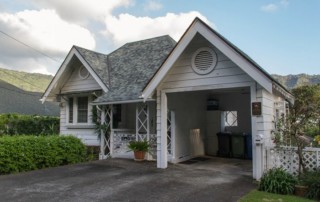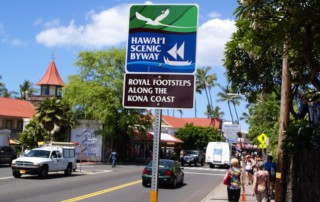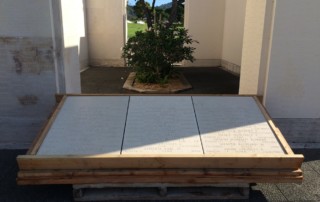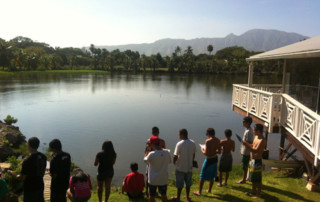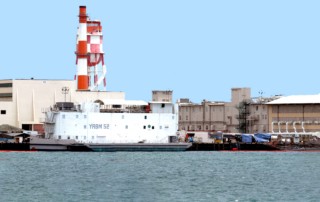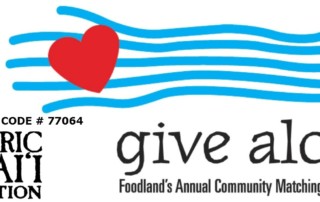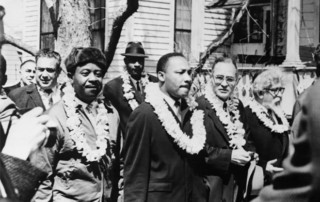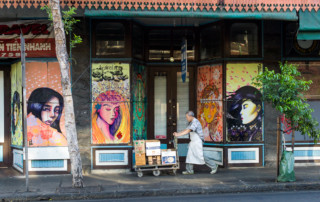What You Need to Know about Insuring Your Historic Home
Seven Insurance Tips for Historic Homeowners by The National Trust for Historic Preservation If your historic home were severely damaged, but not enough to declare a “total loss,” does your insurance policy have high enough coverage limits to repair and restore the building? And will your insurance company pay to hire experienced restoration craftsmen if you have a fire? These are questions you need to consider when insuring your historic property. The following are a few tips to help lower your insurance costs and check to make sure you have the right coverage. Increase your deductible. Most insurance companies give significant premium credits for higher deductibles. Nothing jeopardizes coverage availability and price stability quicker with insurers than several small claim submissions. Increasing your deductible to $1,000, $2,500, or $5,000 is a great way to offset the increased premiums associated with insuring your building properly. Historic property on Maui Insist on Guaranteed Replacement Cost coverage with an insurance company whose claims philosophy allows for the restoration (not just replacement) of your historic home. This would cover you for the full cost of rebuilding, or restoring, regardless of policy limit. Guaranteed Replacement Cost is essential for full protection. Some insurers no longer offer this coverage, or sell it at 115% or 125% of the policy limit, but it is available. Ask your agent to help you find out who offers Guaranteed Replacement Cost for historic homes in your area. Consolidate policies with one insurer, when possible, to achieve package discounts, avoidance of coverage gaps, and easier administration, particularly if common effective dates are used. “Itemize” significant valuable items such as jewelry art, antiques, silver, cameras, and musical instruments on a Fine Arts floater, to avoid [...]


